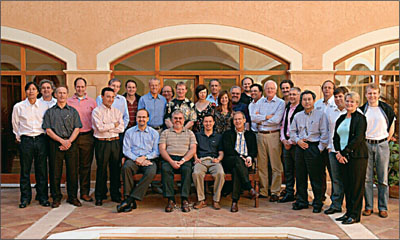1 An Introduction to the SAC Classification
A. Dawson, S. Chen, D. Buser
1.1 Introduction
Over the past 15 years, implant dentistry has progressed to become the standard of care for the rehabilitation of fully and partially edentulous patients. Clinical and technological advances have led to an expansion of the indications for implant therapy, providing increased opportunities for dental practitioners to become involved in the delivery of care. Along with these advances there has been an increase in the complexity of treatment being recommended to patients. This has increased the need for clinicians in the field of implant dentistry to be able to provide surgical and restorative therapy at an appropriate level of care.
It has long been recognized that clinical situations present with different levels of difficulty, and with different degrees of risk for esthetic, restorative and surgical complications. To date, there is no widely accepted classification system in implant dentistry aimed at defining the level of treatment complexity and the potential for complications. To assist clinicians in evaluating the degree of difficulty of individual cases, the International Team for Implantology (ITI) organized a Consensus Conference in Palma de Mallorca, Spain, from March 13th to 15th, 2007. The aim of the conference was to provide guidelines for various types of restorative and surgical cases based on a system referred to as the Straightforward, Advanced and Complex classification system (SAC).
These guidelines will provide clinicians with a reference for selecting appropriate cases and planning implant therapy. As well, this book will serve as a useful tool for academics wishing to design implant training programs with incremental levels of difficulty.
1.2 List of Consensus Conference Participants
This text documents the proceedings of a SAC Consensus Conference held by the International Team for Implantology (ITI) in Palma de Mallorca, Spain, over the period March 13th to 15th, 2007. The following individuals contributed to the consensus statements of this conference and the content of this publication:

Urs Belser Switzerland/>
Stay updated, free dental videos. Join our Telegram channel

VIDEdental - Online dental courses


